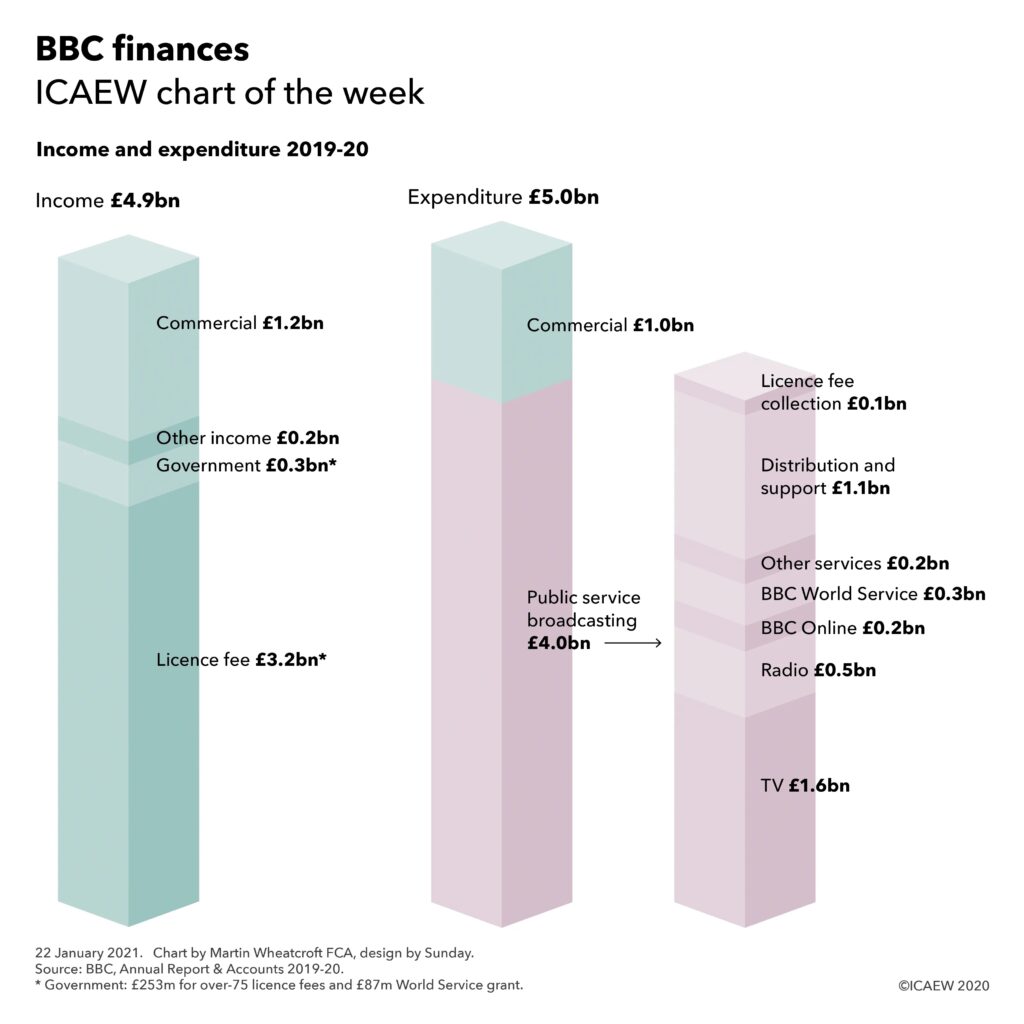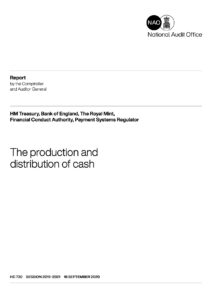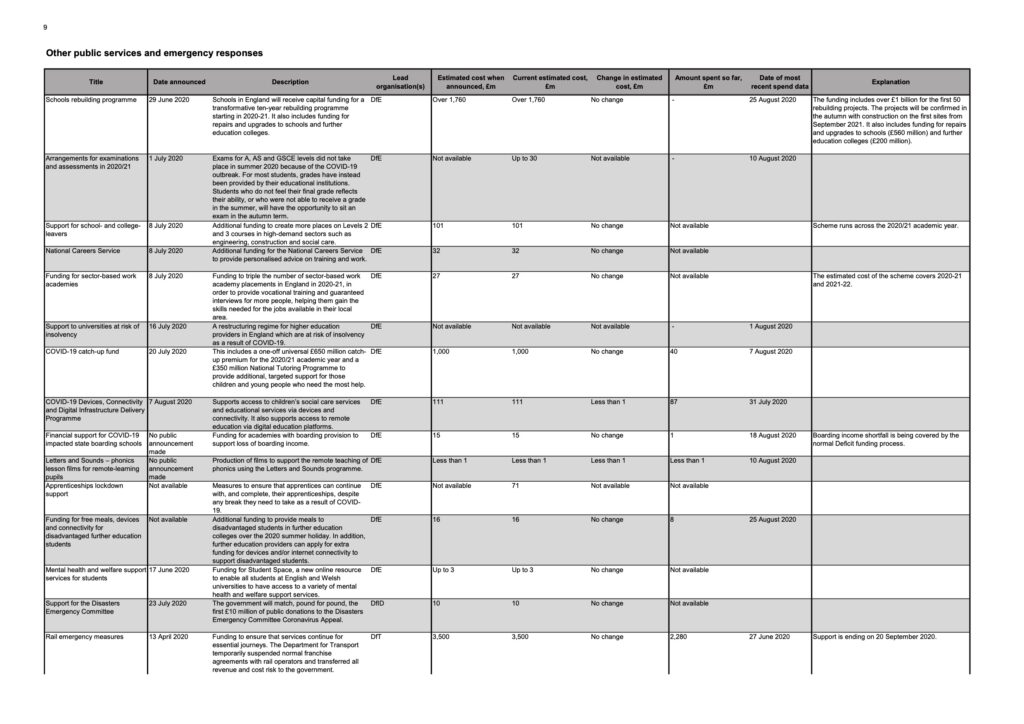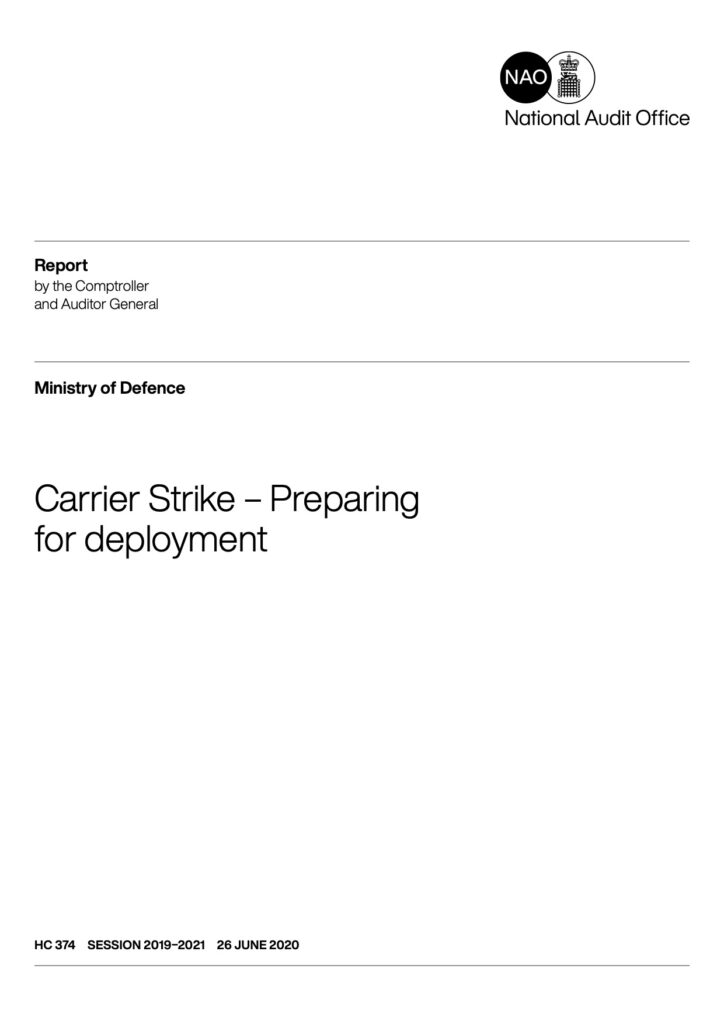National Audit Office says the UK government acted at unprecedented speed to respond to the virus, but needs to build resilience and management capabilities if it is to cope better with future emergencies.
The National Audit Office (NAO) issued a report on ‘Initial learning from the government’s response to the COVID-19 pandemic’ on 13 May 2021. This attempts to identify key lessons for the government to take if it is to improve the UK’s ability to respond to future emergencies.
The report sets out six themes where the NAO believes that the government could learn from the experience of the covid-19 pandemic, which has involved measures with estimated lifetime costs of £372bn so far.
Risk management
- Identifying the wide-ranging consequences of major emergencies and developing playbooks for the most significant impacts.
- Being clear about risk appetite and risk tolerance as the basis for choosing which trade-offs should be made in emergencies.
Transparency and public trust
- Being clear and transparent about what the government is trying to achieve, so that it can assess whether it is making a difference.
- Meeting transparency requirements and providing clear documentation to support decision-making, with transparency being used as a control when other measures, such as competition, are not in place.
- Producing clear and timely communications.
Data and evidence
- Improving the accuracy, completeness and interoperability of key datasets and sharing them promptly across delivery chains.
- Monitoring how programmes are operating, forecasting changes in demand as far as possible, and tackling issues arising from rapid implementation or changes in demand.
- Gathering information from end-users and front-line staff more systematically to test the effectiveness of programmes and undertake corrective action when required.
Coordination and delivery models
- Ensuring that there is effective coordination and communication between government departments, central and local government, and private and public sector bodies.
- Clarifying responsibilities for decision-making, implementation and governance, especially where delivery chains are complex and involve multiple actors.
- Integrating health and social care and placing social care on an equal footing with the NHS. Balancing the relative merits of central, universal offers of support against targeted local support.
Supporting and protecting people
- Understanding to what extent the pandemic and government’s response have widened inequalities, and taking action where they have.
- Providing appropriate support to front-line and other key workers to cope with the physical, mental and emotional demands of responding to the pandemic.
Financial and workforce pressures
- Placing the NHS and local government on a sustainable footing, to improve their ability to respond to future emergencies.
- Ensuring that existing systems can respond effectively and flexibly to emergencies, including provision for spare or additional capacity and redeploying staff where needed.
- Considering which COVID-19-related spending commitments are likely to be retained for the long term, and what these additional spending commitments mean for long-term financial sustainability.
The report does not contain any new substantive recommendations as it in effect brings together insights from 17 individual reports conducted by the NAO into different aspects of the government’s response to the pandemic. However, it is helpful in identifying some of the common strands emerging from the NAO’s work, such as the importance of effective cross-government working.
Perhaps the most significant finding is that the government lacked a playbook for many aspects of its response, with pre-existing pandemic contingency planning not including plans for identifying and supporting a large population advised to shield, employment schemes, financial support to local authorities and managing mass disruption to schooling.
Alison Ring, director for public sector at ICAEW, commented: “The NAO is careful to balance the negatives it saw in the government’s response to coronavirus with positives such as the design and roll-out at speed of large-scale interventions under huge pressure. However, it is clear that the NAO believes that the UK was underprepared for a high-impact low-likelihood event like the pandemic, and the lack of detailed plans in key areas hampered the government’s response.
“While accepting that no plan can cover all the specific circumstances of every potential crisis, the NAO nevertheless believes that more detailed contingency planning can improve the government’s ability to respond to future emergencies.”
For more information, the full report is available from the NAO website.



